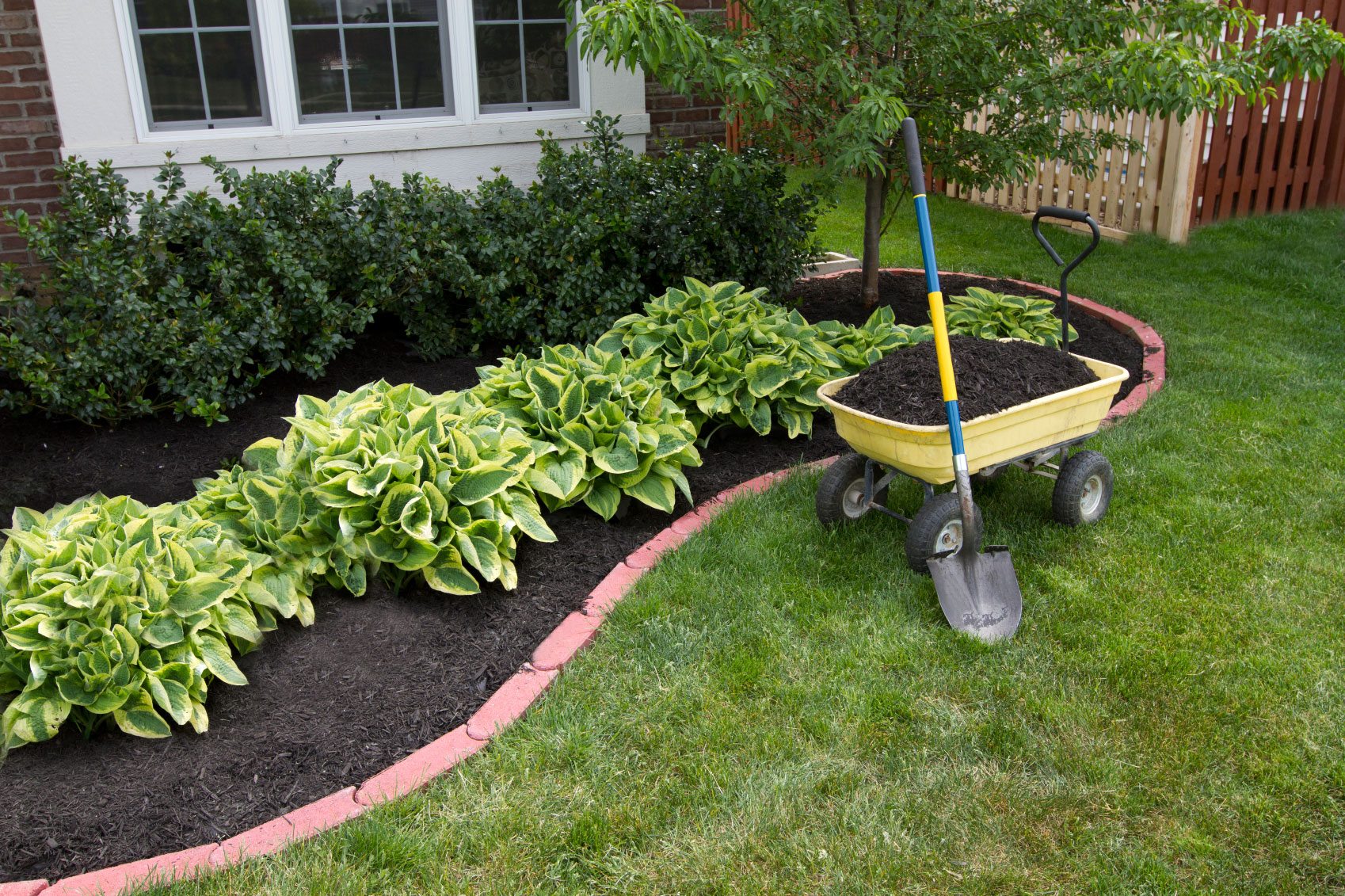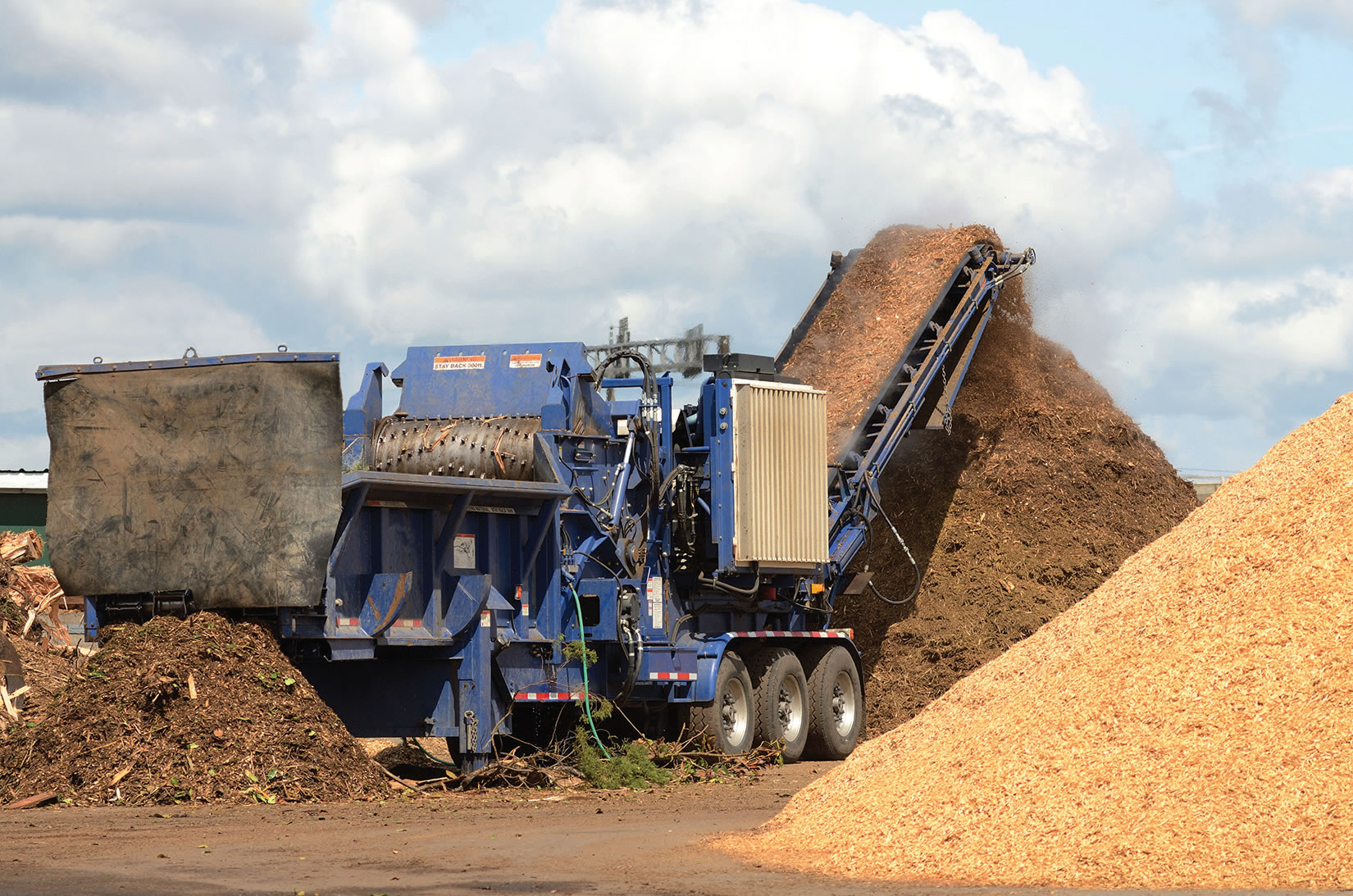By P.J. Heller
Substituting various amounts of biochar for peat moss in greenhouse and nursery growing applications – including the total elimination of peat from the potting substrate and replacing it with biochar – resulted in similar plant growth, according to a recent study.
“Biochar is a promising substitute for peat . . .” researchers reported.
The study, conducted at the University of California-Davis, was initially spurred by a graduate student looking into various combinations of non-traditional organic components of potting substrates, such as sawdust, bark and biochar. That eventually led to a yearlong study into substituting biochar for widely used peat moss in potting mixes.
Andrew Margenot, formerly at UC-Davis and now an assistant professor in the Department of Crop Sciences at the University of Illinois Urbana-Champaign, said the key to the study was substituting biochar for peat, rather than simply adding it to the soil-free substrate.
“The majority of studies look at the addition of biochar as an amendment, where they add biochar on top of an already made peat-based substrate,” he explained. “Substitution is different, because it means that the final mass or volume of the substrate is the same. We’re going to swap out part of that substrate for another component. That’s why we looked at substitution explicitly. We’re substituting out the peat moss component of the substrate.”
Researchers took a standard mix of 70 percent peat moss and 30 percent perlite and substituted biochar in 10 percent total volume increments for the peat (i.e. 10 percent biochar to 60 percent peat and 30 percent perlite all the way to 70 percent biochar, 0 percent peat and 30 percent perlite). Other studies have used relatively low substitution rates, Margenot noted.
Biochar is similar to charcoal and can be created from agricultural, farm or animal waste through gasification or pyrolysis, a form of incineration that chemically decomposes organic materials by heat in the absence of oxygen.
The study used commercially available biochar produced from softwood via pyrolysis. That combination would have an extremely high pH and would allow researchers to see what effect a high biochar substitution rate had on marigolds grown from seed. The biochar had a pH of 10.9, which Margenot described as “ridiculous for trying to grow things.” In contrast, peat has a pH of 4 or 5, he said.
“One hypothesis that we had was there might be a negative effect if you use biochar at very high rates,” Margenot said.
That proved not to be the case.
Marigolds grew and flowered just fine, even when biochar replaced all of the peat moss in the potting mix, he reported.
“Full substitution of biochar for peat in soil-free substrate did not have negative impacts on marigold growth and flowering,” the study said. “This study demonstrates that softwood biochar can be considered as a full replacement for peat in soil-free substrates, and even at high rates (70% total substrate volume) does not require pH adjustment for marigold production.”
Marigolds were chosen because they are a flowering plant and a common type of ornamental that might be grown in greenhouses.
The plants did struggle during the early growing stages, the study noted.
“You could see that the plants took a hit in the early stages of growth - the first two to three weeks. They were shorter and had less chlorophyll, indicative of a nitrogen deficiency, which you'd expect at such a high pH. But these plants caught up by the end. By flowering stage, there was no negative effect of biochar versus peat moss,” Margenot said.
He noted that the pH in the pots neutralized by the end of the study. One explanation given for that was that the study used fertigation, a common irrigation system which adds nutrients such as nitrogen, phosphorus and potassium to the plants.
“I think that’s important,” Margenot said. “If you were to grow anything without any fertilizer, either directly or via fertigation, it wouldn’t grow that well.”
Based on the results with the marigolds, he said he would expect the same results with other plants grown under similar greenhouse conditions. Biochar could also be used on crops as long as they were not pH sensitive, he added.
“Because we used a softwood biochar known for its high pH, we really tested the worst case scenario,” Margenot said. “If it could work in this case, it could probably work with others.”
Margenot said he and others involved in the study would be interested in conducting additional biochar research, although nothing is currently planned. Among areas to look at is organic matter feedstocks from different areas.
“I think it would be good to look at regionally relevant biochars,” Margenot said, noting that a major source of biochar feedstock in the Midwest is corn stover.
“Those properties are going to be very different from softwood based biochars. I think that would go for most parts of world. They might have a particular organic matter feedstock that’s more suitable.”
The study noted that since biochars can vary widely in properties such as pH, “additional biochars should be investigated for their potential to fully replace peat moss in soil-free substrates.”
Another area of study could be the use of biochar on other crops.
“It’s one thing to grow ornamental flowering crops, like marigolds,” Margenot said. “Another issue is food crops, horticultural high-value crops.”
“Crop- and biochar-specific considerations and economic potential should be investigated for wider application,” the study said.
While the study suggested that biochar could replace peat moss in the greenhouse and nursery industry, Margenot noted that partial substitution was also a viable option.
He said he did not know if enough biochar could be produced to totally replace peat and whether it would be economical to do so.
“I’m speculating that there are a lot more feedstocks for biochar than probably peat reserves readily mineable,” he said. “Biochar can be made from any type of biomass, if you’ve got corn stover, lumber shavings, dead trees in a forest, poultry bedding. If you consider all the possible biomass sources for feedstock, I think you might be able to meet demand. The current supply might not be enough, but if there’s economic demand, people will rise to the occasion.”
One of the issues cited in the study was that the peat industry was unsustainable.
Paul Short, president of the Canadian Sphagnum Peat Moss Association, dismissed those concerns. Canada is the world’s largest producer and exporter of sphagnum moss for horticultural use. It harvests some 1.14 million tons annually and has sales of approximately $337 million.
“Canada has 113 million hectares of peatland,” Short said, explaining that “peatland” was the living ecosystem and “peat” was the decaying material that accumulates over time and is harvested. “Our use to date totals 29,000 hectares, both in past and in current operations, which works out to be about .02 percent of the total peatland in Canada . . . The question is, are we using more than is being produced by those 113 million hectares? and the answer is no.”
He added that the industry has the ability to restore peatland within a reasonable time frame.
“If they’re saying we cannot restore the peatlands, that it’s unsustainable, that’s wrong,” he said. “We as an industry know we can restore peatland well within a time frame of 25 to 30 years . . . It will be pretty close to pre-harvest status. They are renewable. If they’re saying our peat is not renewable, that’s wrong. It’s slowly renewable . . . 100 to 110 years. We cannot replace the amount that we harvest within a lifetime. We know that.”
Short said there were still issues to be resolved about biochar and its production, such as environmental, biodiversity and economic questions.
“I’m not going to speak negatively about biochar. I think there is a place in the horticultural industry in North America and globally for more than one substrate,” he said. “Biochar seems to have its own specific capabilities that may give certain results better than others.”
Related News
Subscribe Today
Every other month, Soil & Mulch Producer
News brings you important stories about:
• New Technology
• Products
• Industry News
• Research Studies
Soil & Mulch Producer News features articles and services relevant to your daily operations.











